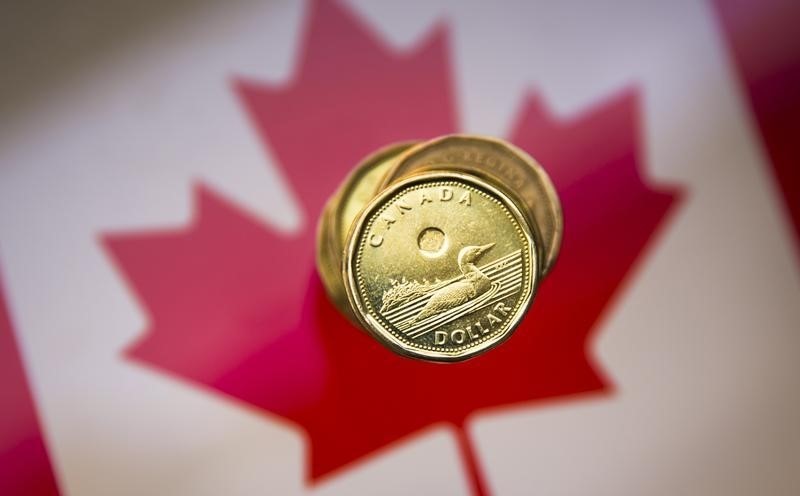By Ketki Saxena
investing.com -- The Canadian dollar experienced a decline, hitting an eight-day low against its American counterpart, as increasing inflation expectations in the United States ignited concerns among investors about potential interest rate hikes by the Federal Reserve.
This downturn in Wall Street stocks can be attributed to a preliminary report from the University of Michigan which revealed that consumer sentiment has reached a six-month low for May. Additionally, their survey indicated a surge in five-year inflation outlook at 3.2%, marking its highest point since 2011.
As a result, money markets now predict a 13% probability of another Federal Reserve policy rate increase during their upcoming June meeting.
In parallel with these developments, oil prices – one of Canada's primary exports – suffered a drop of 1.3%, settling at $69.98 per barrel. This decrease is due to market fluctuations between supply apprehensions and renewed economic uncertainties within both China and "the United States".
Furthermore, recent data obtained from "the Bank of Canada's Senior Loan Officer Survey" disclosed that mortgage lending conditions across Canada faced significant tightening throughout Q1 this year.
Prior to these events, the Canadian central bank had raised its policy rate to an unprecedented high over fifteen years (4.50%) back in January; however, it has maintained this level ever since without any further adjustments.
Looking ahead for the pair on a fundamental level, analysts at Scotiabank (TSX:BNS) note, "some mixed news for the CAD moving forward. On the one hand, the USD still looks overvalued against the CAD but factors are turning a little more CAD-positive again (with the estimated USDCAD output tracking a little lower in the past couple of days—implying more supportive fundamentals behind the CAD)."
"On the other, the correlation matrix highlights strengthening CAD correlations with (soft) copper and (volatile) stocks. CAD-positive correlations with yield spreads are weak but strengthening, helping explain the positive tilt in the fair value model."
On a technical level for the pair, Scotiabank analysts highlgiht the "USD this week completing a bearish “evening star” candle pattern. Broader price trends over the past six months show a potential Head & Shoulders developing (neckline trigger at 1.3290/95). A push lower to test the 1.33 area may be a stretch in the coming week but could be reachable in the next two weeks. "
